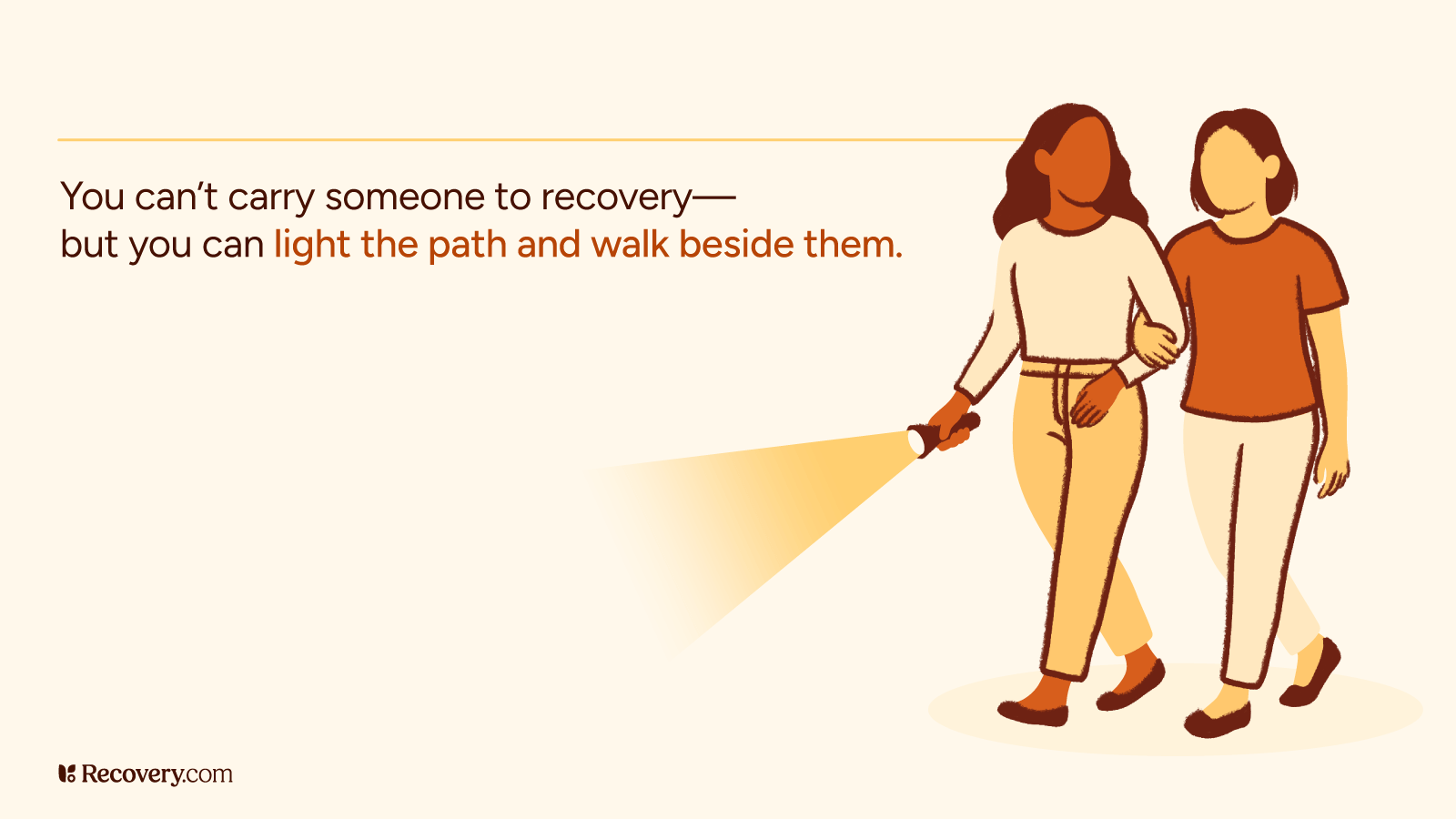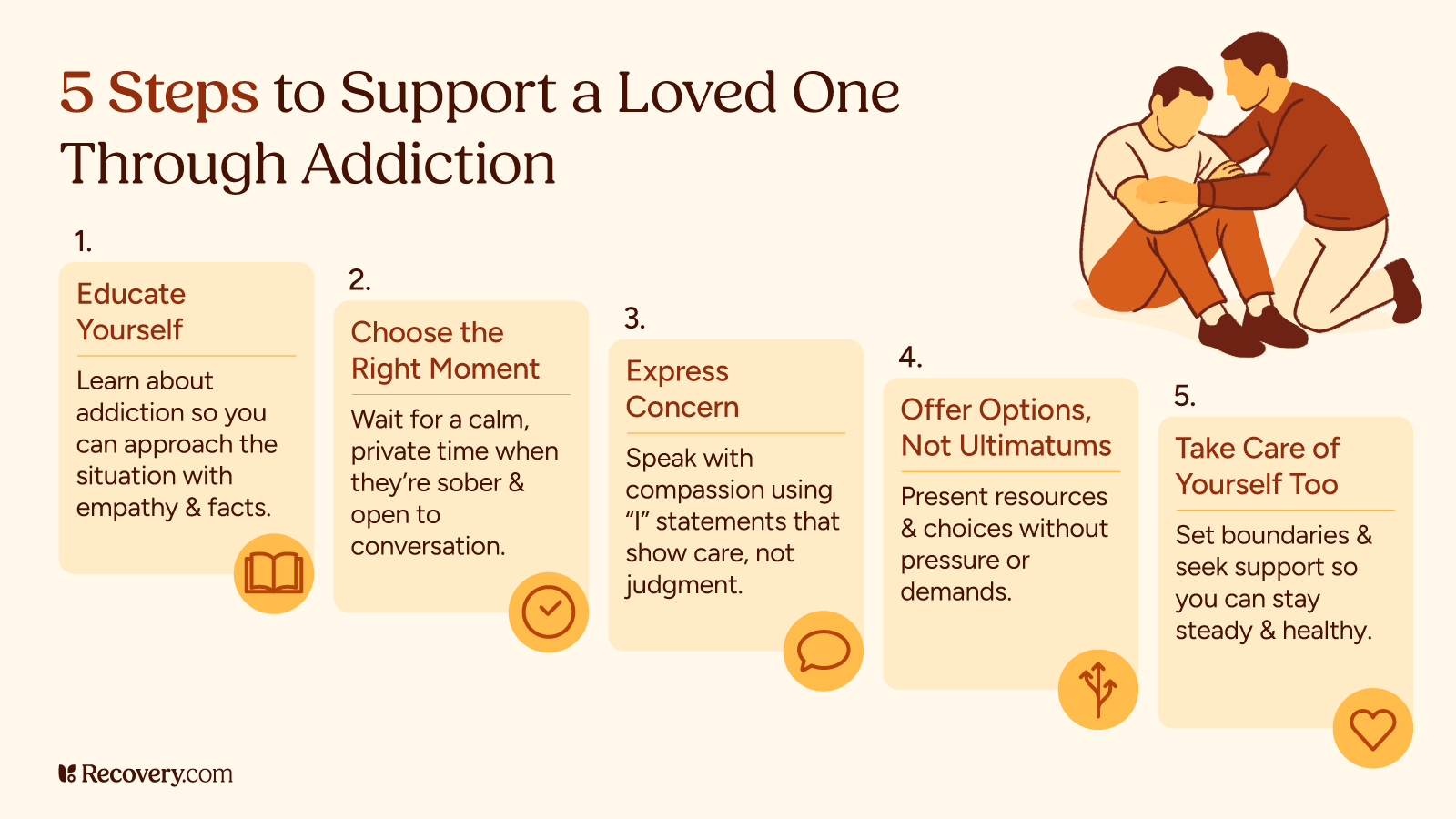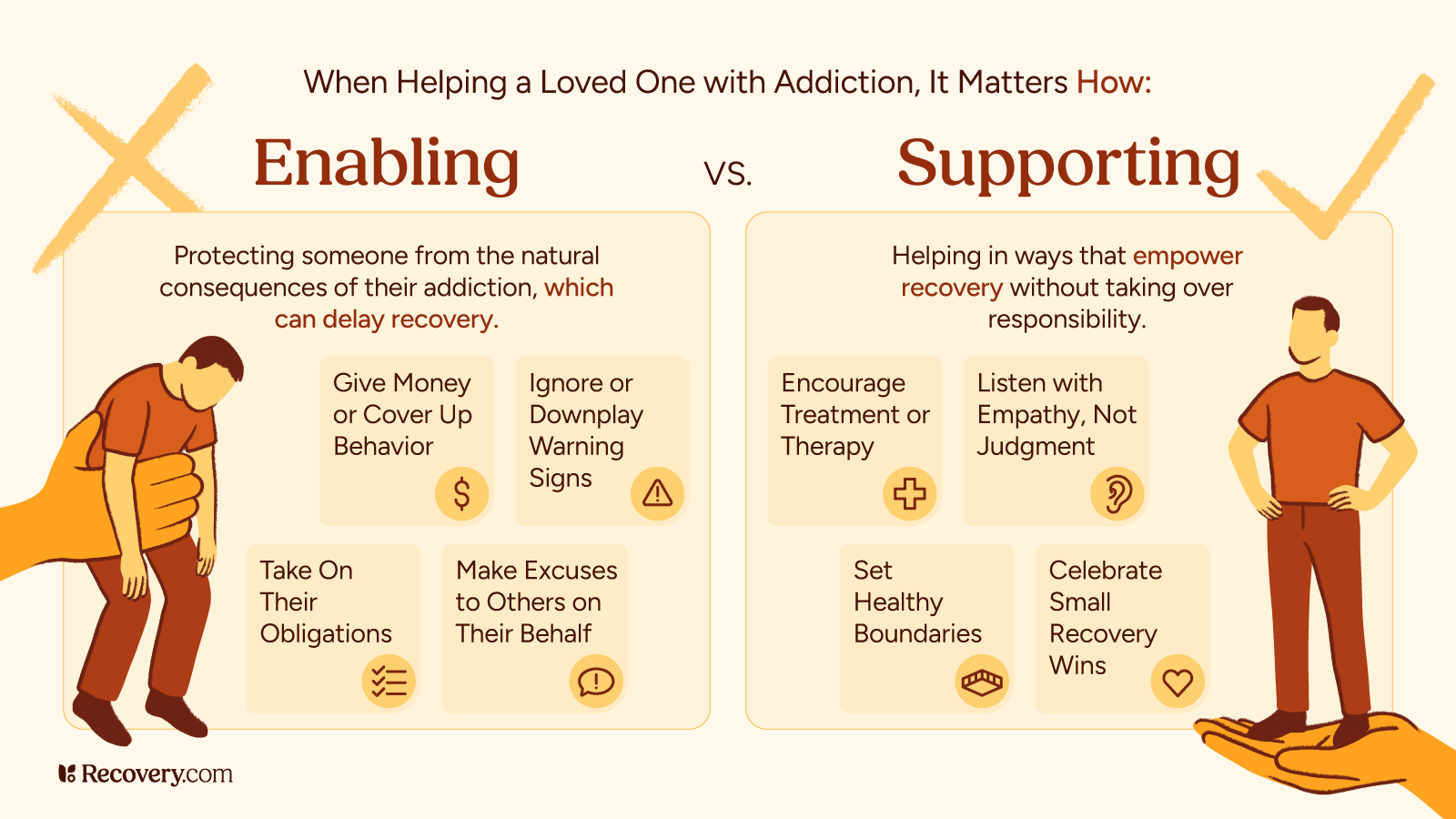The path to recovery is rarely straight. For many, it’s a winding road filled with detours, unexpected turns, and moments of profound clarity. Kat Sorensen, CEO of Laguna Shores Treatment Center, founder of Chains to Change, and content creator known as SoCalKattt, embodies this journey. With nearly a decade of sobriety, Kat’s story is a powerful testament to healing with compassion, structure, and integrity, highlighting the transformative power of community in achieving lasting recovery.
Kat’s story, shared on Recoverycast with host Brittani Baynard, offers invaluable insights into the insidious nature of addiction and the profound liberation that comes with confronting it head-on. From a high-performing tech sales executive and competitive bodybuilder battling alcohol and prescription drug addiction to a beacon of hope in the recovery community, Kat’s experiences illuminate key aspects of addiction and the recovery process.
Unraveling the Roots of Early Addiction
Kat’s journey began not in a tumultuous home, but in a stable, middle-class environment with loving parents. Yet, from a young age, a profound sense of loneliness and discomfort in her own skin shadowed her. This internal struggle became the fertile ground for addiction to take root.
Her first experience with alcohol at age 12 was a revelation. While her friends sipped, Kat “gulp[ed] as fast as [she could].” The immediate effect was a powerful sense of peace and belonging. “As soon as I started to feel this, like, it was like this piece,” she recalls. “It was like, oh my god. I’ve been waiting for this for like 10 years. Like, I have needed this for like 10 years, and I started to really feel okay in my own skin.” This early experience, coupled with a fantastical first kiss, cemented alcohol’s association with ultimate relief and desire fulfillment.
This narrative highlights a critical point: addiction often stems from an attempt to self-medicate underlying emotional pain or discomfort. Even in the absence of overt trauma, feelings of inadequacy, loneliness, or an inability to cope with intense emotions can drive individuals toward substances that offer temporary solace. Kat’s story underscores that a seemingly perfect upbringing doesn’t inoculate against these internal struggles.
The Chameleon Effect: Mastering High-Functioning Addiction
A hallmark of Kat’s early addiction was her ability to maintain a double life. As a varsity athlete who also frequented parties, she became adept at being a “chameleon,” seamlessly blending into different social circles and managing her substance use while excelling in other areas of her life. This early mastery of high-functioning addiction allowed her to rationalize and conceal the growing problem.
She learned to manage her alcohol consumption alongside her responsibilities as an athlete and student. This ability to appear functional, even successful, on the surface is a common characteristic of high-functioning addicts. It often delays intervention because the outward signs of struggle are not immediately apparent. Kat’s experience demonstrates how early in life, individuals can develop sophisticated coping mechanisms that, while allowing them to navigate daily life, simultaneously entrench their addictive behaviors. This period of her life underscores the deceptive nature of addiction – it can thrive in the shadows of apparent normalcy.
The Illusion of a “God-Shaped Hole” and the Reality of Untreated Addiction
In her late teens, Kat experienced a profound spiritual transformation. Attending church and embracing a new community, she found a sense of belonging and peace that initially mirrored the relief she sought from alcohol. She married young, eschewed drinking, and for a time, found solace in her faith. However, this period also revealed a critical insight into untreated addiction: it often manifests in other behaviors.
Kat stopped drinking in college but began running “insane” distances—10, 12, even 15 miles a day. This seemingly healthy activity became a new outlet for her unaddressed inner turmoil. As she aptly puts it, “I just transferred my addiction to that.” This phenomenon, known as cross-addiction or addiction transfer, is common in untreated individuals. If the underlying spiritual, emotional, or psychological issues driving the addiction are not addressed, the addictive energy will simply find a new outlet.
The Misconceptions of Alcoholism: Beyond Daily Drinking
When her first husband suggested she was an alcoholic, Kat dismissed it. Her understanding of alcoholism, like many, was narrow: “people imagine an alcoholic is somebody who drinks daily, someone who, um, gets DUIs. Someone who can’t hold a normal job, someone who can’t graduate from school, somebody who can’t be in a normal relationship.” She could go months without drinking, seemingly disproving his assertion.
This common misconception underscores the subtle and pervasive nature of the disease. Alcoholism isn’t solely defined by the frequency or quantity of consumption, but by the mental obsession and loss of control once drinking begins. Kat’s frustration with only having “one glass of wine” and the subsequent “mental gymnastics” she underwent to get more perfectly illustrate this point.
“That is the allergy of alcoholism is that one drink sets off the mental obsession,” Kat clarifies. This “allergy,” unlike a physical reaction to shellfish, manifests in the mind, making self-diagnosis crucial. Only the individual truly understands the compulsive thoughts and behaviors triggered by that first drink.
Explore alcohol addiction treatment options.
The Progression of the Disease: From “College Thing” to Catastrophe
After a period of sobriety, Kat returned to drinking during a sales conference, rationalizing it as a way to fit in with her new corporate environment. This return, however, was not a gentle reintroduction but a re-ignition of the “allergy.”
“That thing that has been waiting for me because my disease of alcoholism is progressive. It’s fatal. It wants me dead, but it will settle for me drunk,” Kat powerfully states. This progressive nature meant that her addiction picked up precisely where it left off, quickly escalating. What began as an innocent “open bar” soon led to blackouts, infidelity, and the breakdown of her marriage. The consequences mounted, proving that once the “allergy” is triggered, it reasserts its power, often with greater intensity.
Kat’s repeated attempts to externalize the problem—blaming her job, her marriage, even her age—are characteristic of addiction. The thought of stopping drinking was never an option, even in the face of devastating consequences.
Geographical Cures and the Persistence of the Problem
In a desperate attempt to salvage her marriage and escape the spiraling consequences of her drinking, Kat quit her job and moved to a small mountain town, believing a change of scenery would solve her problems. This concept of a “geographical cure” is a common but ultimately futile strategy in addiction.
As Kat quickly discovered, “we believed that a move would change me and within like, I don’t know, maybe the first two months of being there, I’m doing cocaine with my client.” The external change failed to address the internal struggle. Addiction isn’t about location; it’s about the individual’s relationship with substances and their underlying coping mechanisms. No matter where Kat went, her untreated addiction followed, only escalating in severity, from alcohol to cocaine and eventually Molly. This illustrates that true recovery requires an internal shift, not just an external relocation.
Lowering Standards and the Deceptive Nature of Active Addiction
As Kat’s addiction progressed, her moral compass began to spin wildly out of control. Her candid admission, “lowering my standards faster than I could violate them,” perfectly captures the destructive trajectory of active addiction. The values and boundaries she once held dear eroded, replaced by a relentless pursuit of the next high.
“The things that I said I would never do, I was doing on a daily basis,” she recounts. This includes running off to Mexico with a stranger, using drugs daily at work, and even transporting illegal substances on planes. The sheer recklessness and disregard for personal safety highlight the profound cognitive distortions that occur in active addiction. The disease’s grip becomes so strong that it overrides reason, self-preservation, and personal integrity. Kat’s ability to maintain a veneer of functionality while engaging in increasingly dangerous behaviors underscores the deceptive power of addiction.
The Necessity of Confrontation and the Power of External Intervention
Even as her life spiraled, Kat’s cunning enabled her to navigate increasingly perilous situations, from driving intoxicated to transporting drugs. She believed a move to California and a fresh start would finally be the answer. Yet, even as she unloaded her belongings, the lure of old habits presented itself.
What finally broke the cycle wasn’t self-will or another geographical cure, but the intervention of someone who forced her to slow down and confront her reality. “Someone made you slow down. Yes. Someone made you slow down. Yes. And do something I didn’t want to do,” Kat admits. This external push, often from a sponsor, therapist, or loved one, is frequently a catalyst for change. It’s a moment where the addict is no longer able to outrun or rationalize their disease and is compelled to look inward. For Kat, this meant confronting the deeply ingrained patterns of self-will and beginning the rigorous process of self-inventory.
The Role of Community and Compassion in Healing
Kat’s journey through the 12-Step program and her current role in the recovery community underscore the vital role of community, compassion, and integrity in lasting recovery. When she initially sought help, her instinct was to escape her marriage. But her sponsor, recognizing the self-will driving this decision, urged her to pause and do the hard work of inventory. This gentle yet firm guidance prevented a rash decision and initiated a deeper healing process.
Today, Kat leads Laguna Shores Treatment Center and has founded Chains to Change, an online community dedicated to recovery. These initiatives highlight her commitment to providing the same support and structure that were instrumental in her own sobriety. Recovery is not a solitary endeavor; it thrives in environments of shared experience, mutual support, and non-judgmental guidance. The ability to connect with others who understand the struggle and to give back to the recovery community is a powerful aspect of maintaining sobriety and fostering sustained well-being.
Recovery: A Continuous Journey of Small, Consistent Steps
Kat Sorensen’s story is a powerful reminder that recovery is a dynamic, lifelong process built on small, consistent steps. From the initial “24 hours at a time” to the ongoing commitment to self-reflection and community engagement, each decision contributes to a life of sobriety and fulfillment. Her transformation from a high-functioning addict to a compassionate leader in the recovery field demonstrates that even from the darkest places, healing and transformation are possible.
Recovery.com is a valuable resource for anyone seeking mental health or addiction treatment options. You can filter by location, price, insurance coverage, therapy type, mental health condition, levels of care, and more, making it easier to find the right support for anyone, anywhere.



